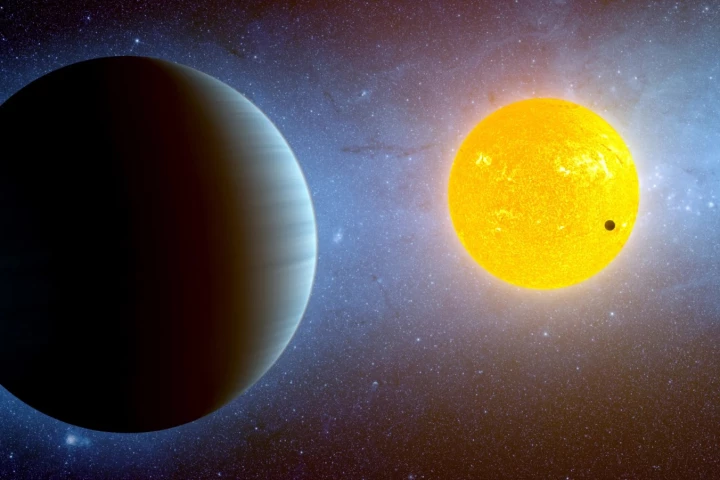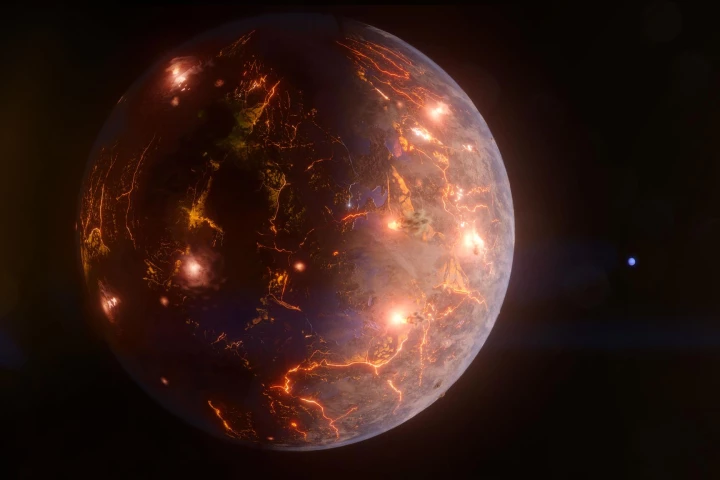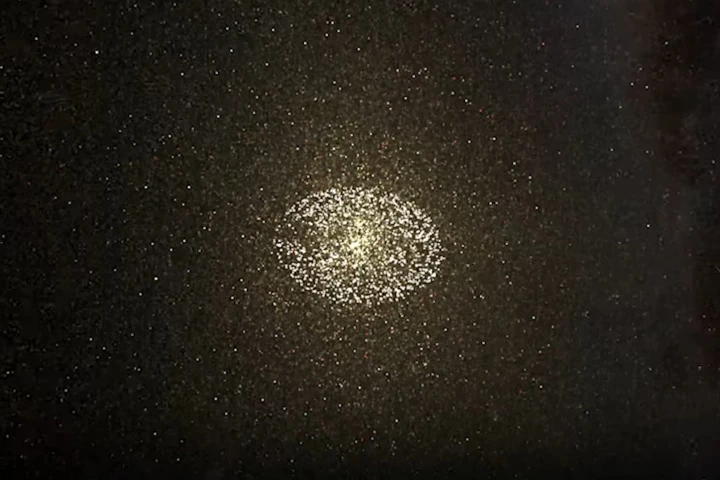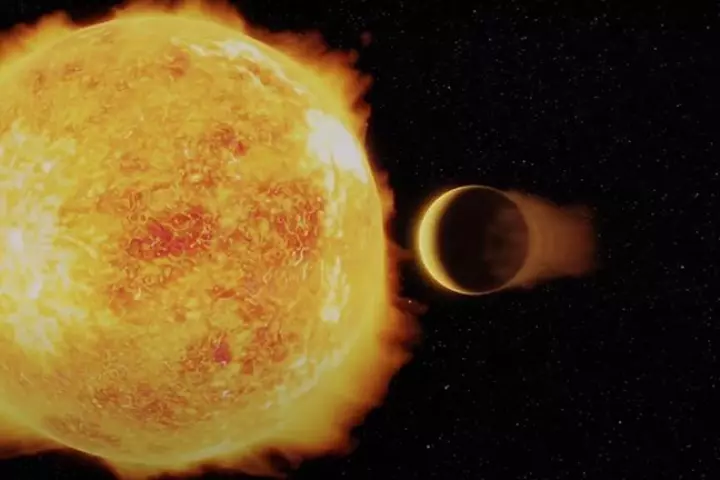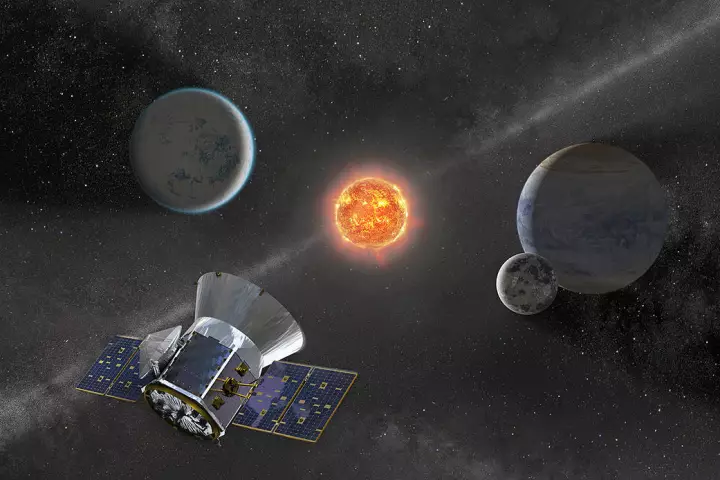TESS
-
A new NASA study has discovered a new exoplanet that is almost the size of Earth and orbits a star that's the same type as the Sun. Unfortunately, this promising candidate is also tidally locked and has one side so hot that it's one giant sea of lava.
-
Astronomers have detected one of the most energetic explosions in the history of the universe: a gamma ray burst from a neutron star collision. For the first time ever, heavy metals were detected in the explosion, totaling hundreds of Earths in mass.
-
A new, Earth-sized planet has been discovered only 90 light-years away. In astronomical terms, that’s right next door. Moreover, it may be capable of supporting life thanks to volcanic eruptions caused by the gravitational tug of a nearby planet.
-
The James Webb Space Telescope has been used to confirm the existence of an exoplanet for the first time. Known as LHS 475 b, this Earth-sized world is a cosmic stone’s-throw away and is likely the first of many planet discoveries by Webb.
-
Double star systems may be hiding masses of potentially habitable Earth-sized planets in their combined glare. Roughly half of all stars are thought to exist in binary systems, in which two massive stellar bodies orbit around a common centre of mass.
-
A new study has identified 1,004 stars from which aliens could detect signs of life in Earth’s atmosphere by watching as our planet passes across the disk of the Sun. The study could help provide targets for groups searching for alien civilizations.
-
Astronomers have discovered a new exoplanet that belongs in a brand new class – an “ultrahot Neptune.” Known as LTT 9779b, the planet orbits extremely close to its star, and raises questions about how such a system came to be.
-
NASA has discovered a strange star system where a gas giant planet is tightly orbiting a tiny white dwarf. This the first sighting of such an arrangement, raising questions about how the planet survived the star’s expansive death in the first place.
-
NASA's Transiting Exoplanet Survey Satellite space telescope has now wrapped up the primary phase of its mission, completing an extensive survey of the starry sky that revealed 66 new exoplanets and thousands more candidates.
-
Astronomers have discovered the intact, exposed core of a gas giant locked in a close orbit around a Sun-like star. The discovery will give astronomers a rare opportunity to probe the heart of an ancient alien world.
-
NASA's TESS telescope has already notched up a few noteworthy achievements. Its latest feat, however, is also its most significant, with the space telescope having now identified its first Earth-sized exoplanet in the habitable zone.
-
While NASA's TESS satellite was staring off into the depths of interstellar space, the comet 46P/Wirtanen wandered into view. The satellite managed to catch an explosive outburst from the comet in more detail than ever seen before.
Load More
